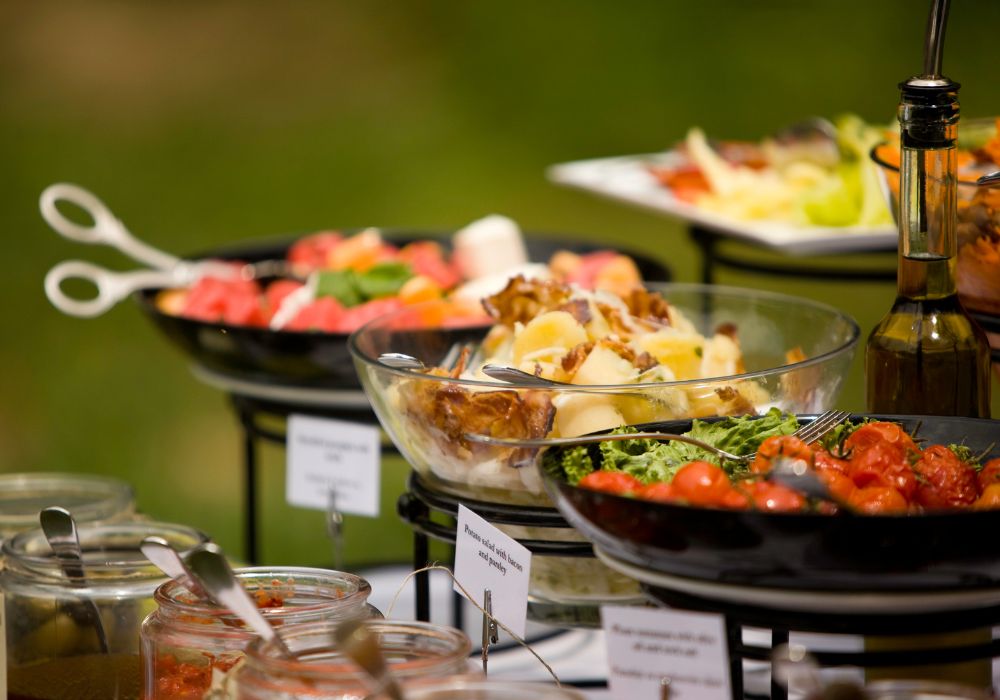
Smart Strategies for Catering for Outdoor Events
Outdoor events are always exciting, whether it’s a wedding, birthday party, or corporate event. However, catering for these events can be challenging due to the unpredictable weather and logistics involved. To ensure the success of your outdoor catering, you need to have a smart strategy in place that covers all aspects of the event. In this article, we will discuss some smart strategies for catering for outdoor events, including tips for handling weather and logistics.
Plan Ahead
One of the most critical strategies for catering outdoor events is to plan ahead. You should have a clear plan in place that covers everything from the menu to the logistics. Make sure you have a clear understanding of the number of guests expected to attend the event and any dietary requirements they may have. This will help you create a menu that caters to everyone’s needs.
In addition, you should also plan for any weather conditions that may occur. For example, if you’re expecting rain, you may need to have a backup plan in place, such as a tent or indoor space. This will ensure that your guests are comfortable and the event runs smoothly.
Use Portable Equipment
When catering for outdoor events, it’s important to use portable equipment. This will make it easier for you to set up and take down your catering station, and it will also make it easier to transport your equipment to the event.
For example, using portable grills, ovens, and refrigerators will allow you to prepare and serve food on-site, which will ensure that the food is fresh and hot. You should also consider using portable sinks and water stations to ensure that you have access to clean water for cooking and cleaning.
Choose the Right Menu
The menu you choose for your outdoor event should be tailored to the event and the guests. You should consider the weather, the time of day, and any dietary requirements when selecting the menu.
For example, if you’re catering for a morning event, you may want to serve breakfast foods such as pancakes, waffles, and omelets. If you’re catering for a summer event, you may want to serve light, refreshing foods such as salads, fruits, and grilled vegetables. And if you’re catering for a wedding, you may want to serve more formal dishes such as steak, seafood, or pasta.
Handle the Logistics
Logistics are a critical part of catering for outdoor events. You need to have a plan in place for how you will transport your equipment, food, and supplies to the event, as well as how you will set up and take down your catering station.
You should also consider the layout of the event space and how this will affect the flow of traffic. For example, if the event space is small, you may need to have a smaller catering station or limit the number of guests you can serve at one time.
Have a Contingency Plan
No matter how well you plan, unexpected events can always occur. This is why it’s important to have a contingency plan in place. For example, if you’re catering for an outdoor event and it starts to rain, you may need to move your catering station indoors or under a tent.
Similarly, if you run out of food, you should have a plan in place for how you will quickly restock. Having a contingency plan in place will ensure that you can handle any unexpected events that may occur and ensure that your guests are happy.
Communicate with Your Clients
Finally, it’s important to communicate with your clients throughout the catering process. This will ensure that you understand their needs and expectations and can deliver a catering service that meets their expectations. You should also keep your clients updated throughout the event, especially if any unexpected events occur.


